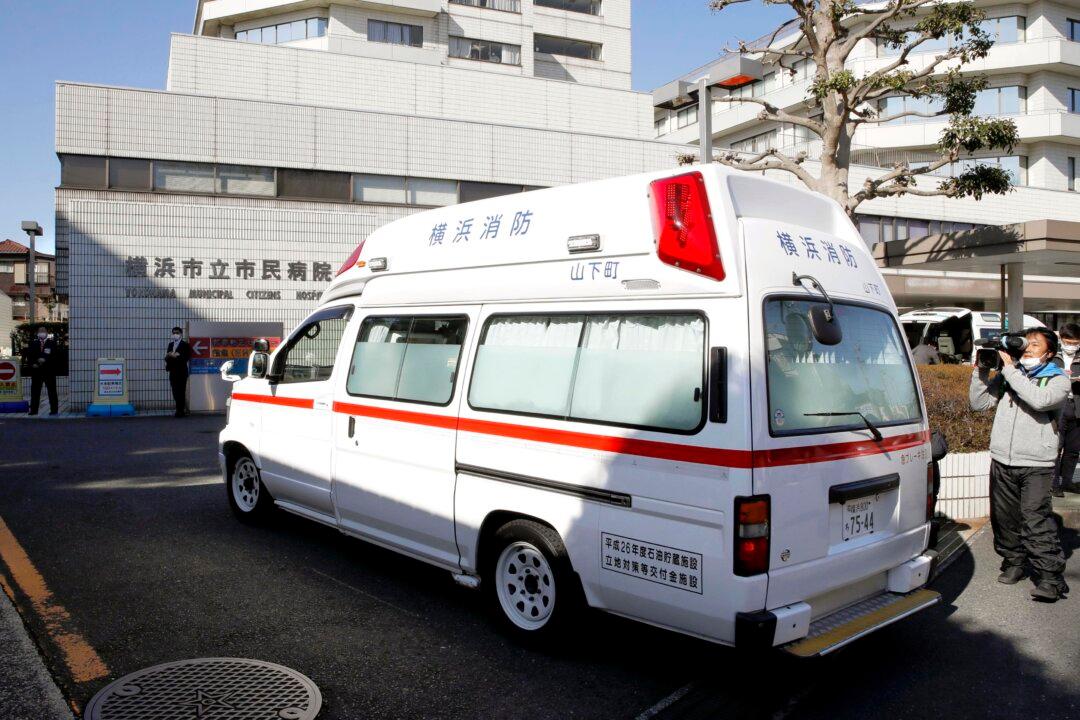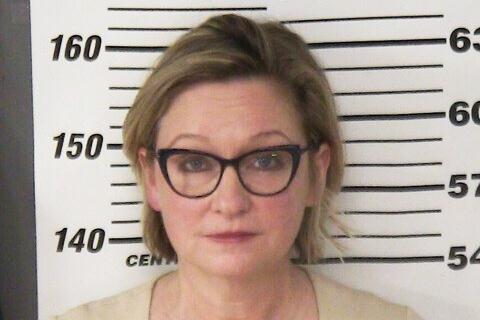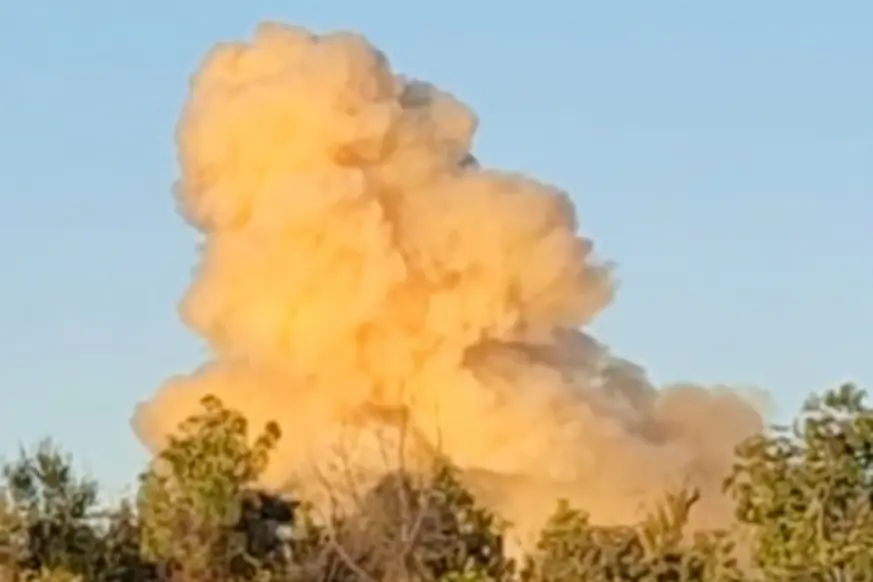TOKYO—Japanese health ministry said Sunday that 568 new cases of the CCP (Chinese Communist Party) virus, commonly known as novel coronavirus, were reported the day before, bringing a domestic total to 10,361.
A combined total including 712 others from a cruise ship quarantined near Tokyo earlier this year came to 11,073, with 174 deaths.





